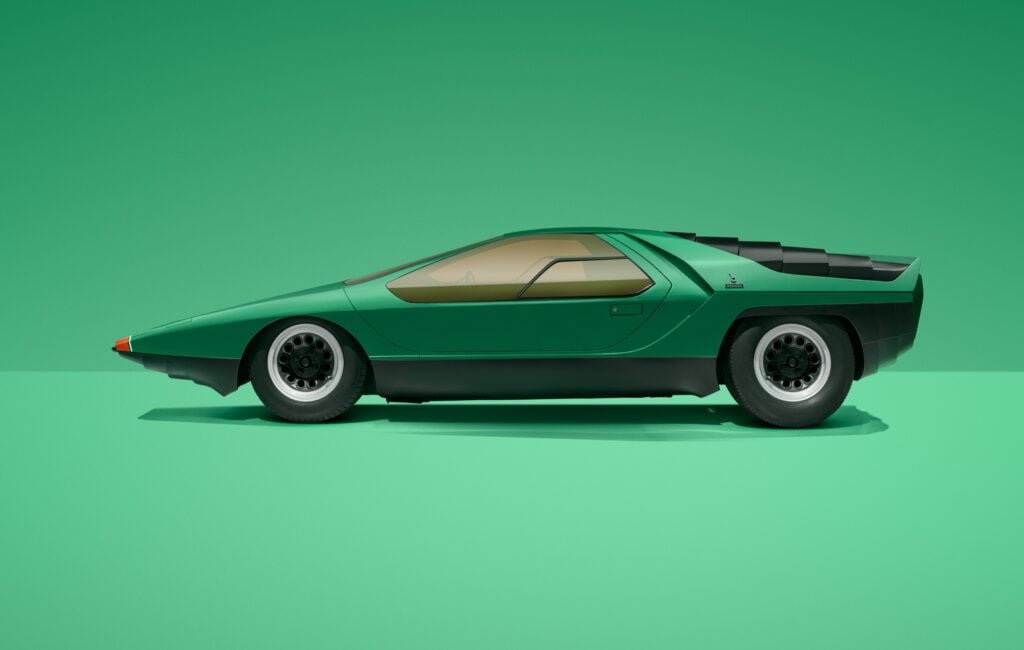There have been plenty of innovations in terms of tech and safety, but the fundamentals shared by almost all modern cars are decades old: monocoque construction, strut suspension, disc brakes and, of course, Ol’ Smokey itself – the internal combustion engine.
But now a genuine revolution is approaching. Electric cars don’t just use a different means of propulsion – one that needs to be engineered at massive cost – but they also require major changes to the way cars are designed and built. Changes that are causing some very senior heads to be scratched very hard.
The stakes are enormous. At a recent event in Germany, Oliver Zipse, BMW’s board member for production, admitted the company has only a hazy idea of how many electrified cars it will be selling in eight years. “We assume that by the year 2025 it will be something between 15 and 25 percent,” he said, “but it could be 40 percent, or it could be only 10 percent.”
BMW Group produced 2.46 million vehicles last year, so that colossal variation has a huge effect on the investment decisions the company has to make now. The corporate crystal ball isn’t up to it: Europe’s falling appetite for diesel, China’s move to mandatory electrification and the strong possibility of a trans-Atlantic trade war make it impossible to call.
So, like an uncertain punter at the races, BMW is going to hedge its bets. The company’s forthcoming fifth-generation architecture is flexible enough to allow conventional powerplants, PHEVs and full EVs to share the same modular component set, but also to be produced alongside each other in the same plants. So if demand swings, the ratios can be altered.
Sensible, right? But if the world moves more enthusiastically towards an ion-fuelled future it could prove excessively cautious. As pro gamblers know, bigger wins need bigger bets, and rivals including Volkswagen Group and JLR are taking a more daring approach with the creation of EV-only platforms. These allow much more packaging freedom with longer wheelbases and no need to make space for a combustion donk; the newly launched Jaguar I-Pace giving an idea of what’s possible. Building EVs separately also allows production volumes to be altered without having to worry about a knock-on effect on other models.
The risk is higher, too. Buyers will need to want enough of these glitzy new EVs to keep the plants building them at high capacity. It’s a lesson that BMW learned expensively through the slow sales of the carbon-bodied i3. Switching its next-gen EVs to a conventional platform does look like a backward step; we know that the production version of the i-Next won’t be anything like as radical.
But which strategy will win out? Place your bets now – and check back in 10 years.





